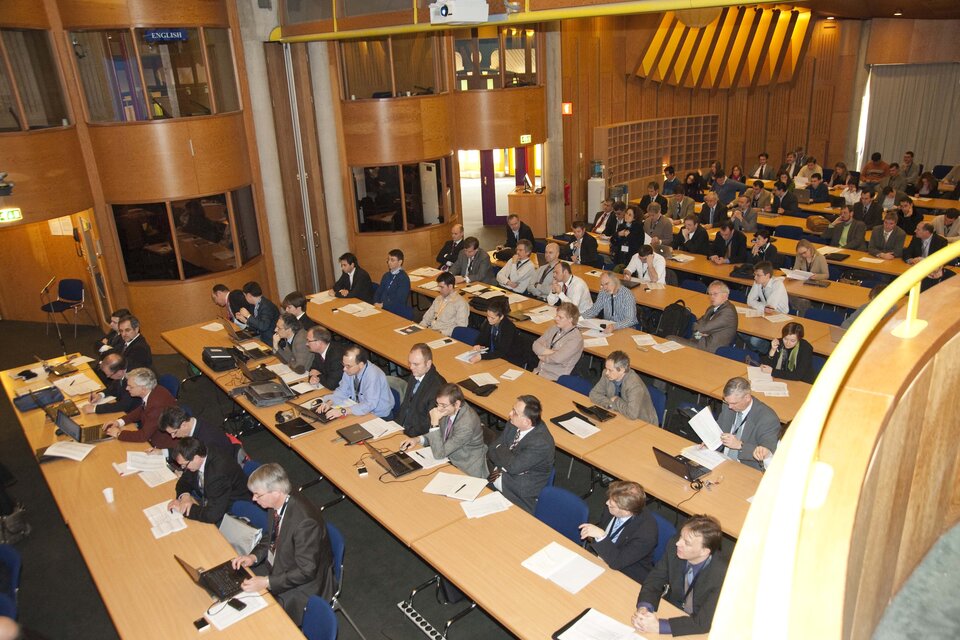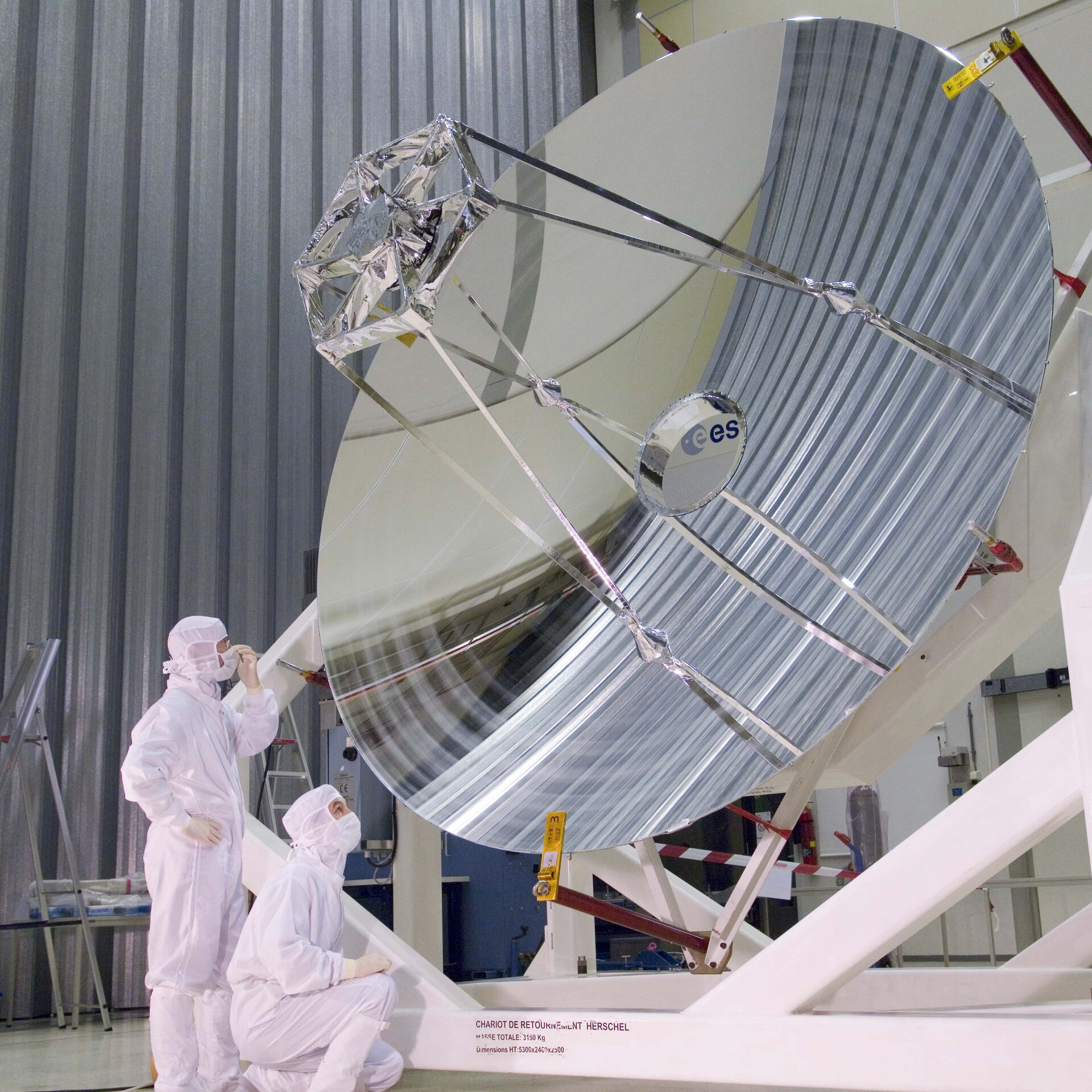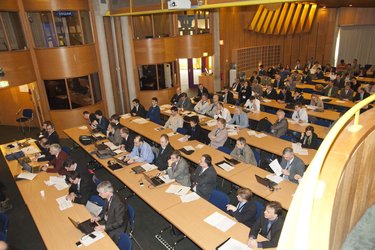ESTEC Techno-Days to highlight ESA’s technology development
The largest imaging telescope flying in space today is European: Herschel possesses twice Hubble’s observing area. ESA undertakes methodical, long-term technology development to make such milestone achievements possible – work put under the spotlight at this November’s Technology Innovation Days.
Above all else, ESA is a research and development organisation: each mission flown by the agency advances the technical and scientific state of the art, increasing the value Europe receives from space. It takes a continuous process of technology development – making new things to do new things – to enable such progress.
The annual Technology Innovation Days highlight how this process works in practice, taking place at ESA’s technical centre ESTEC in Noordwijk, the Netherlands on 22–23 November.
This two-day event is designed to showcase technology developments supported through ESA programmes during the previous year, while giving the space community a chance to reflect on the topics shaping technology development in the future.
Around 200 people are expected to attend from European and global space firms, educational institutions and research centres.
The theme of this year’s event is ‘Technology for competitiveness in space and of space’, considering how technology for space can contribute to industrial competitiveness but also moving scientific knowledge and addressing terrestrial challenges. What should be made a priority? These questions will be considered during a roundtable of Chief Technical Officers from leading European aerospace companies.

The Days will include numerous presentations of individual ESA-supported technology projects across the domains of electrical, mechanical and systems engineering.
The important work that ESA does in coordinating and harmonising research and development across Europe through subject-specific technology roadmaps will also be covered in detail.
‘Showcase’ presentations will reveal how past technology development projects ended up contributing to operational missions. The Herschel infrared space telescope, launched in 2009, is a good example: not only did it take a technological breakthrough to enable its 3.5 m-diameter main mirror, which is twice the size of Hubble’s mirror with only a third its mass, but it is also one of the coldest objects in space.
As with its similarly chilly Planck sister mission, Herschel needed advanced cryogenics systems to keep it cold enough to maintain its instruments’ extreme infrared sensitivity.
“The Technology Innovation Days represents a useful opportunity for dialogue with the wider space community,” explained Eike Kircher, event organiser.
“Last year’s theme, for instance, concerned the state of space innovation, and workshop participants advanced some important points and requests, including linking the availability of advanced generic technologies with the space sector’s future ability to innovate, and the importance of affordable in-orbit demonstration opportunities.”
The Technology Innovation Days are now open for registration via the right-hand link.





